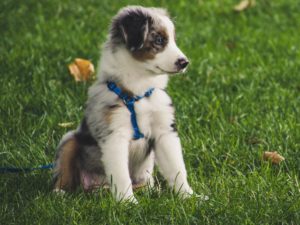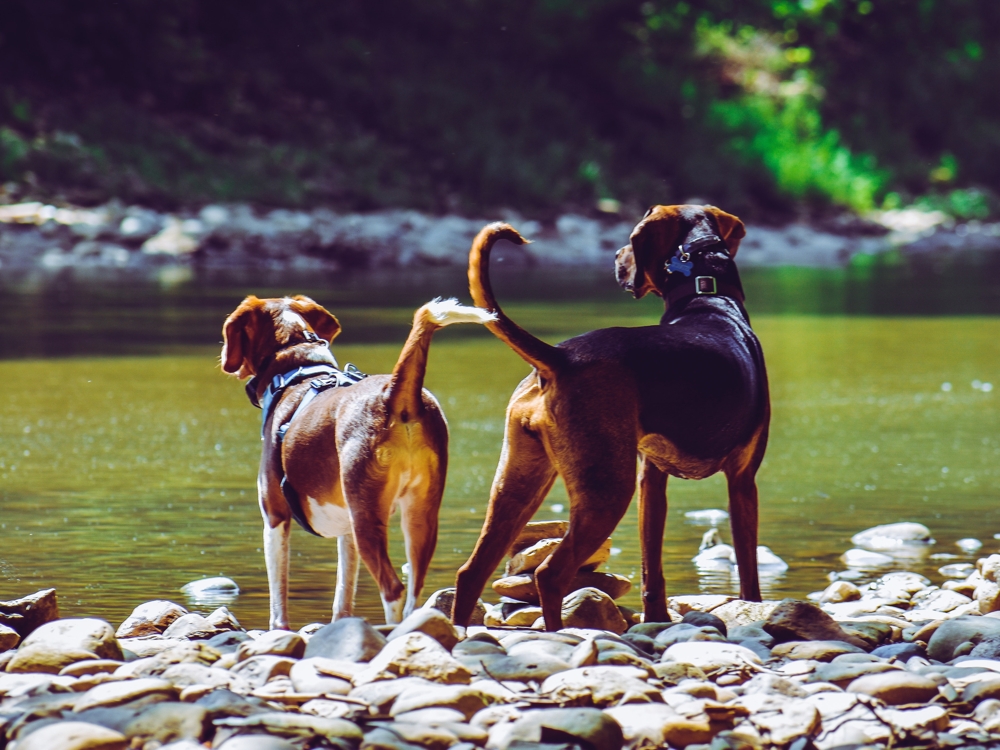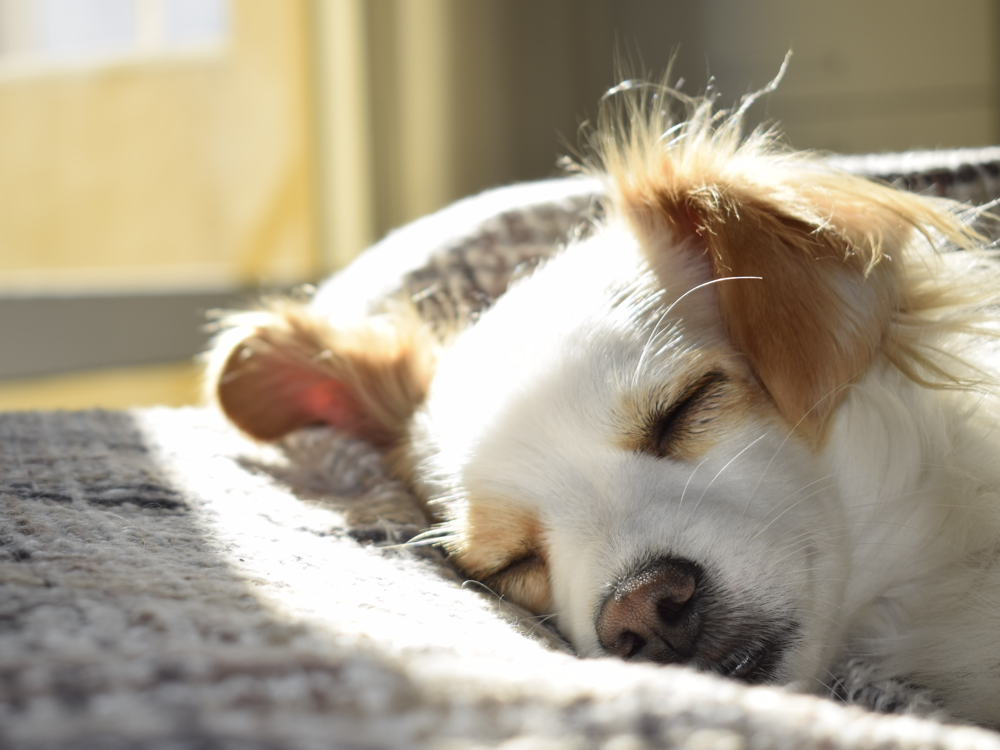How to Socialise Your New Puppy
Share
[Sassy_Social_Share]
Unless you own the mother dog, your new pup has already starting their socialisation before they met you. The mother dog is their first teacher, and so are the breeders. But your dog will still have a lot to learn from you. Knowing how to socialise a puppy can ensure you have many happy years together because you can bring your dog out with confidence. If you’ve gotten a puppy recently, you might have a lot of questions about when and how to socialise your dog to get them off the right paw.
The goal to keep in mind when planning how to socialise a puppy is how you would like your adult dog to respond to a variety of situations. Regardless of your own family and social circle, you and your dog will encounter all kinds of people on your walks – children on foot, bikes, scooters and other toys, the elderly, wheelchair users, people pushing strollers and of course other dogs. You can relax and enjoy going out with your dog when you are confident they won’t react fearfully or aggressively to other people or animals.

The ideal time to socialise a puppy is before they are 18 weeks old, but it is never too late. Adult dogs can learn too; it just takes more focused effort and patience. Socialising isn’t something you do once and forget about. Your dog is constantly learning and developing. His early socialisation will prepare for a lifetime of healthy socialising and positive new experiences. A daily walk is important for your dog’s socialisation as much as his physical well-being.
First Weeks with Your New Puppy
New dog owners might worry about how to socialise a puppy before the dog is adequately vaccinated to go out. Everything about your home and your family is new and interesting to your puppy. You can’t take him out to meet other dogs until he is adequately vaccinated. What you can do is to start socialising him immediately. You can do that by teaching him how to interact with your family and friends. When he meets new people, they should not give him attention until he is calm. Admittedly, that is extremely hard! Some people might not respect your request that they not greet your dog until he is calm. Some of them will be other dog owners. But your pup needs to learn that jumping up, barking excessively, pawing and nipping are not good manners.
What’s cute in a tiny puppy can be annoying or even dangerous in a full grown dog, so start as you mean to go on. Letting trusted friends and family give your dog a treat when they arrive and he waits calmly for attention will reinforce calm, polite behaviour and teach him that people are not scary. Consider introducing him to the mail carrier and other regular callers to your home.
You can also introduce a variety of objects your dog will encounter outside before you actually take him out. Strollers, footballs, umbrellas and plastic bottles often excite or upset dogs. You can pre-empt that by introducing them in your home. If you have crutches or a walking stick available, you can also let your puppy sniff and examine those. Don’t let your pup play with anything it would not be appropriate for him to play with on a walk. Make it clear that walking sticks are not for chewing. When he encounters someone using one, he won’t mistake theirs for a toy.
Taking Your New Puppy Out
Taking your dog to new environments where he will meet other dogs is a key part of how to socialise a puppy. Simply going to the vet clinic to get his vaccines is part of the socialisation process. Once your vet confirms your dog is adequately vaccinated you can start going for walks and visiting parks where dogs are welcome.

Start slowly. If your pup gets overwhelmed on his first few times out, he will become timid and anxious. Short walks around the neighbourhood are a good start. Let him encounter one or two new dogs or people (or even cats) at a time. Save the town centre and busy times at the park until he has more experience and confidence. Obedience classes are an excellent way to socialise a puppy. They are controlled environment where you know everyone is concerned about teaching their dog to behave well.
As your puppy grows up, calms down and learns to follow your commands, you can gradually increase the places you take him. Days at the beach, hikes in the forest, and visits to the park will delight him when he is ready. And being able to take your dog out and about knowing he knows how to behave is a joy. Inevitably, you will encounter stray dogs and badly behaved dogs on your walks. A well socialised dog can calmly assess the situation and respond appropriately.
What about Older Dogs and Rescue Puppies?
The easiest case is a puppy from a responsible breeder who started socialising early. But what about pups or older dogs from rescues? They can indeed learn to handle themselves in a variety of situations. Most of what we know about how to socialise a puppy also works for an older dog. An older dog does have more potential to respond to new situations with fear and aggression.
When we rescue a dog, we don’t know its history and can be caught off guard when something unexpected triggers a reaction. Your rescue dog might fear a type of clothing or common item or smell such as a fragrance because they associate it with an abusive former owner. That’s why we need to go slower socialising an older dog and establish a high level of trust first. Be alert when you introduce an older rescue to a new dog. Watch their body language for signs of fear or dominance. Dogs who were stray before being rescued had to fight for food and territory. They might perceive other dogs as a threat. Introduce them to popular dog walking routes at hours they are less likely to meet other dogs. Let them take their time sniffing.
A well socialised dog is a joy. It is worth the effort to know you can take your dog anywhere and entertain at home without worrying because your dog is calm and confident in new situations and with new people. Visits to the vet, groomer and boarding kennel will all be easier for a dog who was socialised well as a pup – and for their owners!





